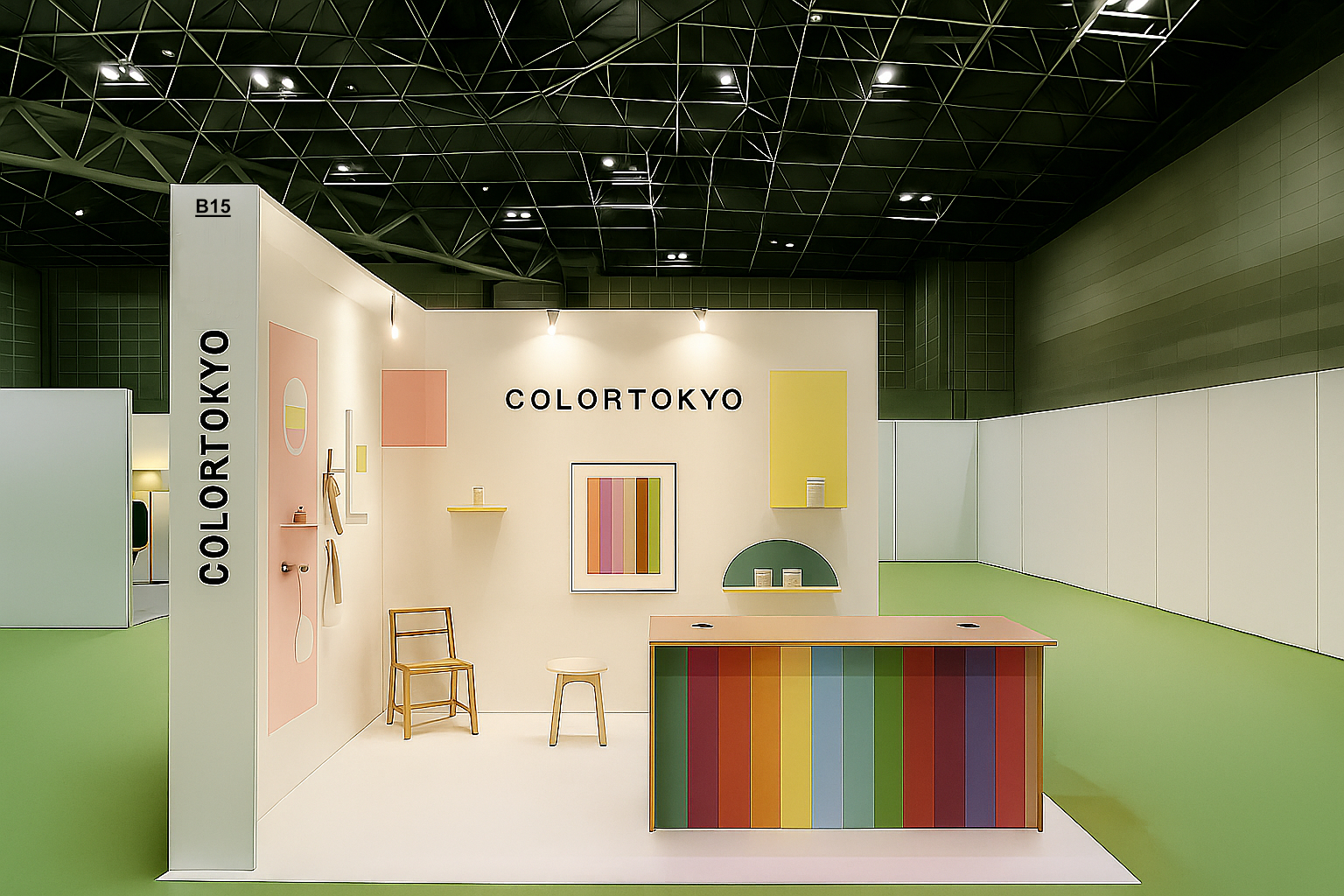Pop-up shops have become one of the most effective ways for brands to connect directly with their customers — offering an immersive experience that online shopping can’t match.
But not every pop-up delivers results. The difference between a shop that wows visitors and one that drives real salescomes down to design.
In this guide, we’ll break down exactly how to design a pop-up shop that not only attracts foot traffic but also converts visitors into loyal buyers.
🧭 Step 1: Define Your Objective and Audience
Before you start designing, get crystal clear on your goal.
Are you:
-
Testing a new product?
-
Building brand awareness?
-
Driving direct sales?
Your design should align with your audience’s expectations. A luxury skincare brand should feel calm, premium, and tactile — while a streetwear brand should feel energetic and bold.
🧩 Pro tip: Create a “brand mood board” before building. This helps your design team (and builders like us) translate your brand into a physical space.
🪑 Step 2: Layout That Flows Naturally
A well-planned layout guides customers through a journey:
-
Attract — A striking front display or open entry point.
-
Engage — Product discovery zones or interactive displays.
-
Convert — Clear checkout or call-to-action area.
🧭 Think about flow: Avoid dead ends. Encourage circular movement so visitors naturally see more of your products.
💡 Step 3: Lighting Sets the Mood
Lighting can make or break your space.
-
Use accent lighting to highlight hero products.
-
Add warm tones for comfort and trust.
-
Integrate LED strips or spotlights for drama and depth.
📸 Pro tip: Well-lit displays not only sell more — they photograph better, giving you free social media content.
🪵 Step 4: Materials & Finishes Matter
Temporary doesn’t mean cheap. Choose materials that reflect your brand:
-
Timber or plywood for a natural, sustainable look
-
Gloss white finishes for a luxury feel
-
Reusable modular walls for flexibility and easy transport
A clean, professional build communicates credibility — and buyers subconsciously trust brands that look established.
💬 Step 5: Create Instagram-Worthy Moments
Encourage visitors to share your space:
-
Branded backdrop or neon signage
-
Unique installation piece
-
Interactive wall or mirror moment
🎥 When people share your space, they become your micro-influencers — amplifying reach without extra ad spend.
💰 Step 6: Make Purchasing Frictionless
A pop-up’s job is to convert curiosity into action.
Ensure:
-
Prices are visible and clear
-
Staff are approachable, not pushy
-
Mobile payment options (Apple Pay, contactless)
-
Clear signage guiding to checkout
✨ Bonus: Offer an exclusive “pop-up only” discount or bundle to drive urgency.
🌿 Step 7: Think Beyond the Event
Capture leads and extend the experience:
-
Offer QR codes linking to your online store
-
Encourage newsletter signups
-
Add a social media wall or tag campaign (#YourBrandPopUp)
Your pop-up might be temporary — but its impact should be long-term.
🧱 Final Thoughts
A successful pop-up is more than a temporary shop — it’s a mini experience.
Design with flow, storytelling, and emotion in mind, and your visitors won’t just stop by — they’ll buy, share, and remember.
If you’re planning a pop-up and want a stand or wall system that elevates your brand — get in touch. We design and build temporary retail and exhibition spaces that convert browsers into buyers.

